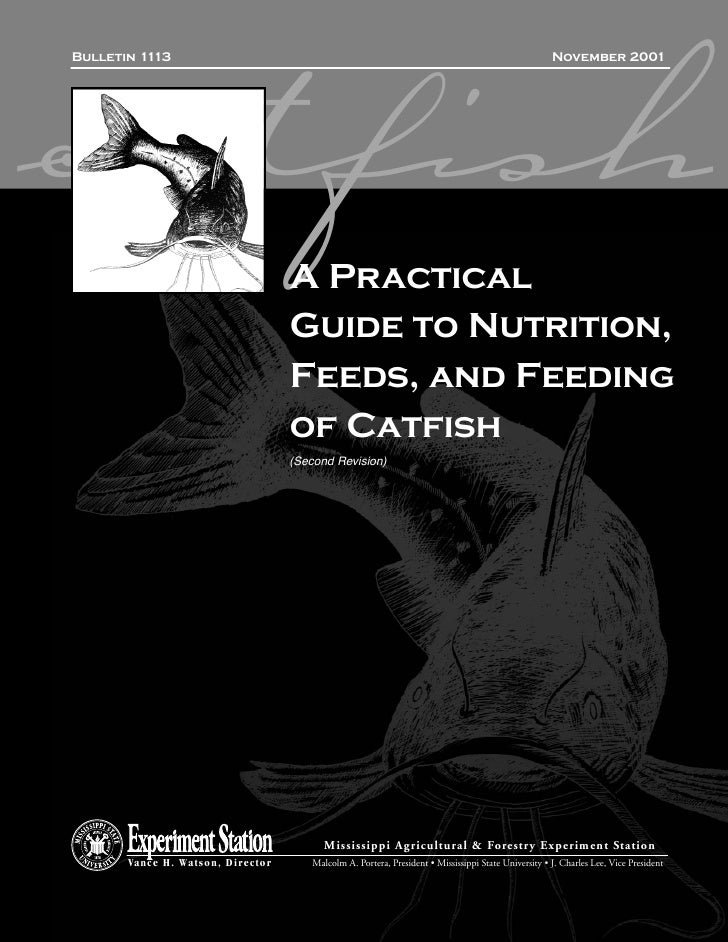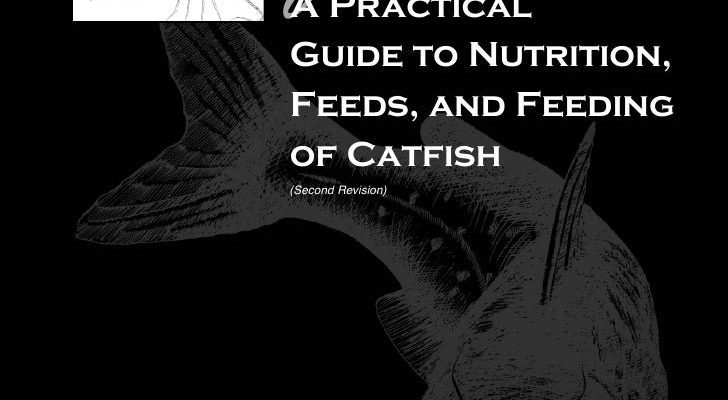
You might be wondering, “What do these bottom-dwellers really munch on?” The truth is, catfish are opportunistic feeders. They will eat a wide variety of foods, from algae and plants to insects and small fish. But finding the right balance of nutrients in their diet can be a bit tricky, especially if you’re new to caring for them. So let’s dive into the world of catfish feeding, exploring their nutritional needs, what to feed them, and how to create the perfect feeding schedule.
Understanding Catfish Dietary Needs
Catfish have a diverse palate, which is one reason they thrive in various environments. But what does that really mean for their diet? Catfish are omnivores, meaning they eat both plant and animal matter. This flexibility helps them adapt to different habitats, from rivers and lakes to aquariums.
Their natural diet often consists of:
- Plants: Algae, aquatic plants, and organic debris
- Insects: Aquatic insects like mayflies and larvae
- Small fish: Other smaller fish species and crustaceans
- Worms: Earthworms and other types provide protein
Honestly, if you think about it, catfish have a similar approach to food as some humans do— they’re not picky eaters! However, this adaptability also means you need to ensure their diet includes a good balance of protein, fats, and carbohydrates to keep them healthy and energetic.
Choosing the Right Food for Catfish
So, what do you actually feed your catfish? Choosing the right food is crucial for maintaining their health. Here’s where it gets interesting: you can opt for commercial fish foods, or you can create your own mix.
Commercial Feeds
Many aquarists prefer commercial fish food because it’s formulated to meet the dietary needs of catfish. You can find options like:
- Pellets: These sinking pellets are great for bottom feeders.
- Flakes: While not the first choice, they’re suitable for younger catfish.
- Frozen or freeze-dried foods: Options like bloodworms or brine shrimp offer variety.
Homemade Options
If you enjoy a bit of DIY, crafting your own food can be fun. You might mix some high-protein ingredients like shrimp, fish meal, and vegetable matter. Just remember to balance the ingredients for the best results.
Creating a Feeding Schedule
Now that you know what catfish eat, let’s talk about when to feed them. A solid feeding schedule can make all the difference in your catfish’s health and happiness. Here’s what to consider:
Frequency of Feeding
For most adult catfish, feeding them once or twice a day is typically sufficient. Younger catfish might need more frequent meals — even three times a day — to support their growth.
Amount to Feed
You should offer only what your catfish can consume in about 5 to 10 minutes. This helps prevent overfeeding and keeps your tank clean, as leftover food can pollute the water. A good rule of thumb is to start small and adjust based on their hunger.
Special Considerations for Different Catfish Species
Not all catfish are created equal, and different species may have specific dietary preferences. For example, the common catfish (also known as channel catfish) might enjoy a diet higher in protein than other species.
Here’s a brief look at a few popular types:
- Channel Catfish: These guys thrive on a diet rich in protein and can enjoy worms, fish, and pellets.
- Synodontis Catfish: Often found in aquariums, they appreciate a varied diet of sinking pellets and plant matter.
- Clarias Catfish: These fish are notorious for their adaptability and will eat whatever they can find, including plant matter and insects.
It’s essential to research the specific needs of your catfish species to ensure they get the right nutrients.
Monitoring Catfish Health and Behavior
After setting a feeding routine, keep an eye on your catfish’s health. Changes in behavior or appearance can signal dietary deficiencies or health problems.
You might notice:
- Inactivity: If your catfish seems lethargic or hides more than usual, it could be a sign of stress or poor diet.
- Weight Loss: Sudden weight loss may indicate they’re not eating enough or there’s an issue with the food quality.
- Color Changes: Bright coloration is a sign of health; dull colors could indicate stress or illness.
If you spot any of these changes, it might be time to assess your feeding strategy or even consult with a veterinarian.
Common Mistakes to Avoid
Feeding catfish might seem straightforward, but there are a few common pitfalls to watch out for. Here are some mistakes people often make:
- Overfeeding: It’s easy to give too much food. Stick to the “five-minute rule” to prevent leftovers.
- Ignoring Variety: A diet lacking in diversity can lead to nutritional gaps. Mix it up!
- Using Poor Quality Food: Opt for reputable brands and check ingredients. High-quality food matters!
By avoiding these mistakes, you’ll help ensure your catfish lead healthy and happy lives.
Understanding what catfish eat and how to feed them properly is crucial for their well-being. From choosing the right food to setting a feeding schedule, every detail matters. Keep an eye on their health, and make adjustments as necessary to ensure they thrive in their environment.
So whether you’re a beginner setting up your first aquarium or a seasoned fish keeper, remember that happy, well-fed catfish will bring a unique charm to your aquatic world. Enjoy the process, and watch your catfish flourish with the right care and nutrition!

